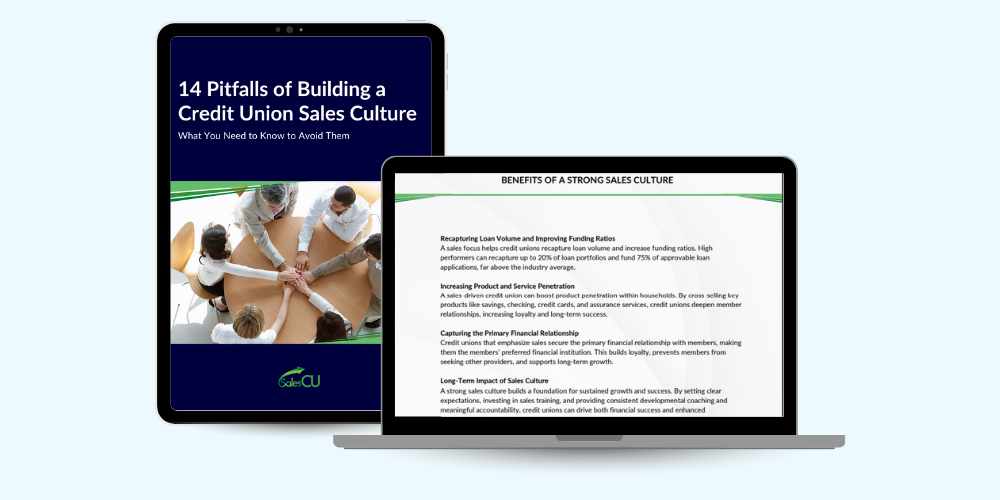In our last article, we talked about the near-fatal mistake Starbucks has made by focusing too much on technology and too little on keeping focused on delivering the human touch in their customer interactions. Driving customers to largely ordering on their mobile app drove too many customers away from their stores and baristas, preventing them from having great personal experiences that led to deeper loyalty and add-on sales.
Today, we’re going to dive deeper into the #1 way we presented in that article for avoiding this dire situation at your credit union: transform your retail strategies to focus squarely on creating consistently great experiences, not just delivering good or even great service. How can you do that most successfully? Read on …
We hear a lot from retailers about “creating great experiences” but what does that mean exactly? A great experience for me is probably different than it is for you. Further, it’s a moving target—I may have different definitions based on my situation, attitude, and needs at the moment of the interaction. Seeking a universal definition of “great” and “memorable” and even “positive” experiences will always be nebulous, at best.
Therefore, one of the foundational components to deliver these desired types of positive experiences is to be flexible—acknowledge there is no singular definition of it. Be flexible in defining it, measuring it, training it, and succeeding with it. Unlike other aspects of the credit union business, there is no one way to define or measure experiences.
Another foundational component to success is to be personable with it—be diligent in identifying, as close as possible, what each and every member expects in order to consider their experiences “great”. As noted above, those expectations will be different by individual and will vary from day to day at both a macro and micro level but personalizing each interaction is critical.
With those two foundational pieces, let’s start to build the structure that most world-class retailers construct to be most successful in creating consistently great experiences. We believe there are five key areas of focus:
- Empathy: This has become a buzzword in our industry and there are numerous examples of how people are misdefining it. Simply stated, being empathetic is putting yourself in the member’s shoes and feeling what they’re feeling and thinking what they’re thinking. Then, as a result, taking the most appropriate action to resolve and improve the other’s present situation. Effectively and consistently doing this is a skill that needs to be learned, practiced, and re-learned. Make “empathy” training a pillar of your ongoing skill development investment.
- Follow on: Recognize that creating great experiences doesn’t happen in one single moment and should be reinforced over time. You may succeed in creating a great experience today but you can easily blow that positivity with a negative experience a few days later. Follow up and follow through with members to make sure the positivity lasts as long as possible. This requires regimen; it requires structure; it requires commitment. At your credit union, establish a focus on proactively reaching out to members to ensure their satisfaction and sustain it as long as possible to catch potential negativity before it flares up.
- Across channels: Surely, your credit union has been challenged over the past few years with migrating transactions away from branches to the call center, online, mobile, etc. This means that members are having numerous experiences, maybe simultaneously, across various touchpoints/channels. Here’s where that flexibility comes into play—recognize that a great experience may be driven by friendly service with a branch transaction while speed of service is the primary driver in the call center and ease of use is the driver with mobile. Make sure someone at your credit union is tasked with synchronizing these experiences, as much as possible, to ensure that one negative experience doesn’t negate the positive ones.
- Data and preferences: When we talk above about personalizing the experiences, that means, to a great extent, simply asking the member what’s important to them. As much as possible, ask them to define what they expect in order to have a great experience. Once one employee asks that question, the answer needs to be shared with everyone else so they, too, can attempt to satisfy that definition. One person or team needs to own that effort—identify where that data will be stored and how it will be accessed and hold people accountable to maintaining the focus on it.
- Talk about the mission: Assuming that creating great member experiences is somehow baked into your mission statement, make it constantly known and visible to all employees and even members. Be proud that it’s your mission; make it known that you’re striving for that lofty goal; seek feedback on how well you’re doing from members, the community, and employees. Make it omnipresent, ubiquitous—talk it up in communications, coaching sessions, and marketing campaigns. Every single employee has a hand in creating great experiences and expect each executive to verbalize (specifically) how their teams will actively support the effort.
It's unlikely that your credit union is anywhere near the dire situation that Starbucks is in but, nonetheless, you need to learn from their mistake and guard against the chance of it happening. These five steps require commitment from the top level of you credit union all the way down through every level of the organization. And, when deployed thoroughly and properly, will position your credit union to be distinguished from competitors for delivering great, positive, and memorable experiences on a consistent basis.
Oh, and by the way, it’s one thing to do these steps to create great experiences for members but doing them also has a powerful dual effect … they also create great experiences for employees. A primary driver of employee satisfaction and engagement is creating the environment and culture where you take the same five steps above with your employee population. Again, it should be done at a macro level, with HR typically driving the focus, and at a micro level, where each people-leader is consistently making them a priority in their coaching and leadership efforts. Investing in this one initiative—creating great experiences—can be equally transformative for both members and employees!







